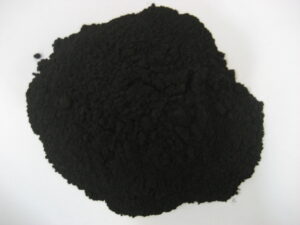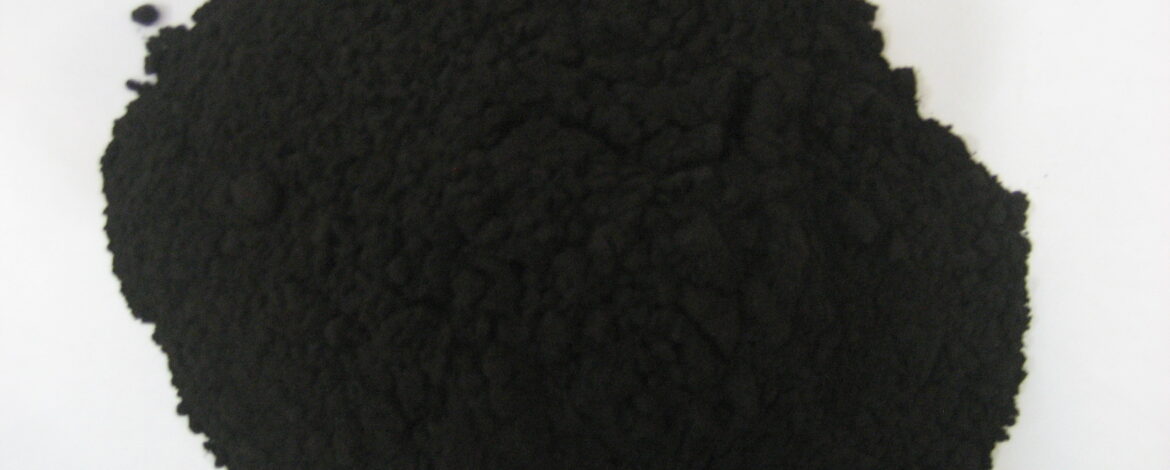Market Insights and Procurement Tips
Gilsonite, a naturally occurring solid hydrocarbon, is in growing demand across South America due to its diverse industrial applications—from road construction to oil drilling and printing inks. For buyers and suppliers alike, understanding the gilsonite price in South America is essential to stay competitive and plan strategically. This article explores current market conditions, pricing factors, and smart buying strategies in the South American gilsonite market.

Key Factors That Influence Gilsonite Price in South America
1. Import Costs and Logistics
South America does not have significant local production of gilsonite. Most of the supply is imported from Iran, the United States, and Turkey. Transportation costs, port fees, customs duties, and currency exchange rates all contribute to the final landed price in countries such as Brazil, Argentina, and Chile.
2. Product Grade and Application
Gilsonite is available in various grades based on ash content, particle size, and solubility. High-purity grades (low ash content) are used in oilfield applications and command a higher price, while standard grades for asphalt and printing may be more economical. Choosing the correct grade for your application is critical for cost efficiency.
3. Regional Demand
Infrastructure development, particularly in Brazil, Colombia, and Peru, is fueling demand for gilsonite in asphalt modification and waterproofing membranes. The oil and gas industry also relies heavily on high-grade gilsonite in drilling fluids and cementing applications, especially in Venezuela and Argentina.
Current Gilsonite Price Trends in South America
As of mid-2025, gilsonite prices in South America vary based on location, volume, and grade. Here are some key trends:
-
Typical price range: $400 to $650 per metric ton (CIF), depending on quality and port of entry.
-
Brazil and Chile experience slightly higher prices due to import taxes and longer shipping routes.
-
Volume purchases from direct importers can lower unit costs significantly, especially when using bulk packaging.
Many regional distributors now offer warehousing and just-in-time delivery services to reduce lead times and improve price stability.
How to Get the Best Gilsonite Prices in South America
Work With Established Importers or Distributors
Partnering with experienced importers ensures a steady supply, transparent pricing, and access to consistent product quality. Distributors with logistics networks in South America can also reduce costs by optimizing local transportation.
Plan Bulk Purchases
Ordering full container loads (20–24 MT) offers better pricing due to economies of scale. Bulk packaging options like jumbo bags further reduce handling and freight charges.
Track Global Market Conditions
Keep an eye on international oil prices, trade agreements, and shipping costs. These global factors often impact gilsonite prices regionally. Early purchasing decisions can help lock in better rates before market fluctuations.
Why Reliable Gilsonite Sourcing Matters
High-quality gilsonite improves product performance in asphalt, drilling, and industrial processes. Reliable sourcing ensures consistency, reduces production downtime, and improves profitability.
In conclusion, the gilsonite price in South America is shaped by import dynamics, product quality, and regional demand. By choosing the right supplier, buying in bulk, and staying market-aware, businesses can secure competitive prices and consistent supply.

